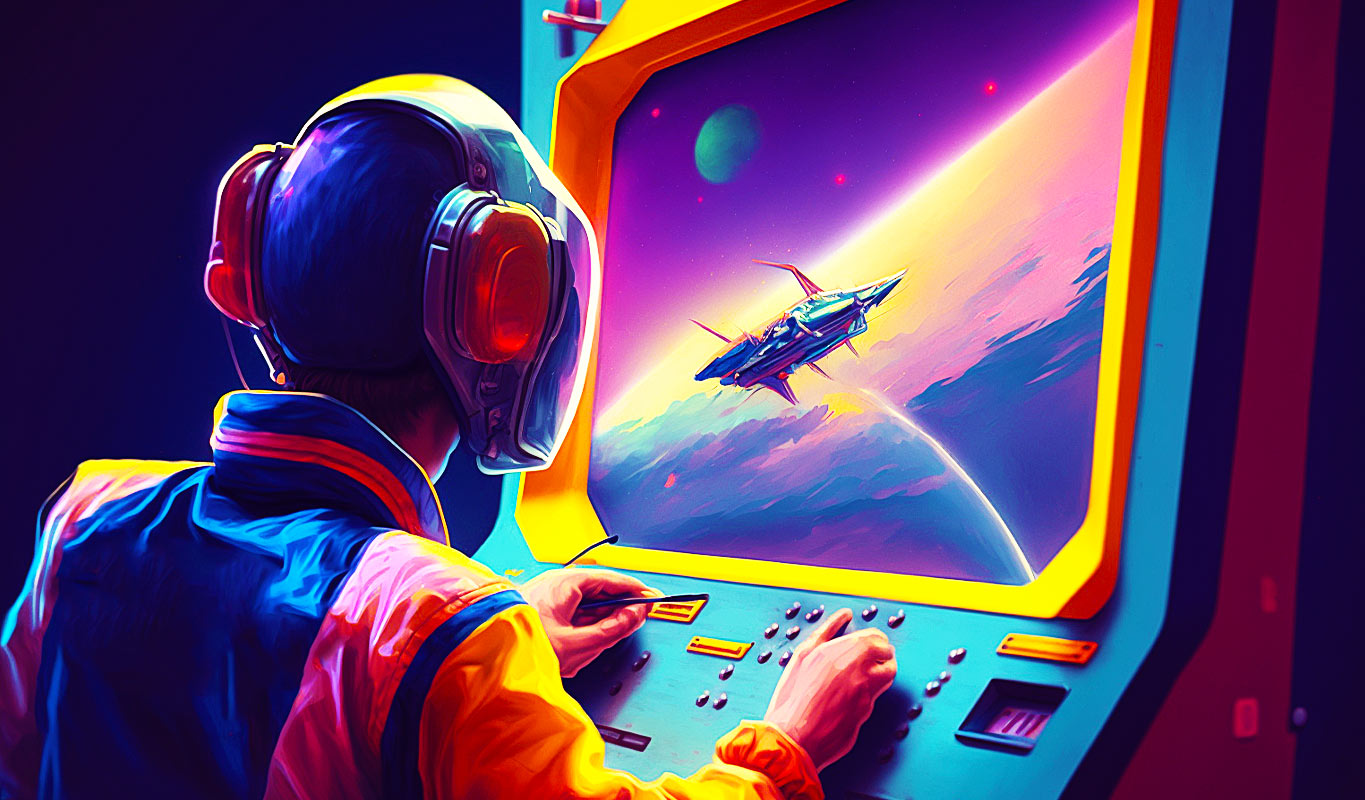In a recent social media post, Charles Hoskinson, the founder of the Cardano blockchain, has reignited discussions within the crypto community by asserting that an upcoming upgrade will enable Cardano to surpass Solana in transaction speed.
His statement comes in response to a community poll debating budget allocations for two competing proposals, revealing his strategic vision for enhancing Cardano’s competitiveness.
ADA Faster Than SOL?
The poll in question asked the wider community to choose between funding a Rust node request or implementing a new feature called Leios. Hoskinson pointed out that while the Rust node would provide no differentiation for users, the Leios upgrade promises to increase Cardano’s speed without compromising its decentralization.
This bold statement highlights Hoskinson’s confidence in Cardano’s technological advances as it seeks to position itself more favorably against its competitors. Nevertheless, he claimed that this would make Cardano even faster than Solana.
For further context, Cardano currently processes over 1,000 transactions per second (TPS), thanks to its Ouroboros consensus algorithm, which employs a Proof-of-Stake (PoS) mechanism. This enables rapid transaction processing and enhances throughput.
Additionally, the integration of the Hydra Layer 2 scaling solution allows for simultaneous transactions, further boosting performance.
In contrast, Solana has garnered attention for its notable transaction speed, reaching up to 65,000 TPS. This is achieved through a combination of Proof of History (PoH) and PoS.
PoH serves as a cryptographic clock that timestamps transactions, significantly reducing validation times. The dual approach has positioned Solana as one of the fastest blockchains available.
Cardano And Solana Gear Up For Major Upgrades
The anticipated Leios upgrade, also referred to as Ouroboros Leios, is designed to decouple transaction diffusion and computation from the blockchain’s ordering mechanism.
According to the Cardano Forum, the upgrade introduces three block types: Ranking Blocks (RB), Endorsement Blocks (EB), and Input Blocks (IB). Input Blocks contain the transaction data, while Ranking Blocks serve as references, significantly reducing the data size required to record transactions on the blockchain.
This architecture will reportedly allow Cardano to handle a larger volume of transactions efficiently, enabling scalability while maintaining decentralized principles.
While Cardano is gearing up for the Leios implementation, Solana is simultaneously preparing for its Firedancer upgrade, expected to launch in Q4 2024. Firedancer aims to enhance transaction processing speeds, security, and scalability, reinforcing Solana’s competitive edge.
Hoskinson has indicated that an active prototyping team at the blockchain’s development firm Input Output Global (IOG), is diligently working on the Leios design, with efforts expected to ramp up following the completion of the Peras CIP (Cardano Improvement Proposal).
All in all, Solana currently has the upper hand in terms of transaction speed, with clear differences between the two blockchains. However, it remains to be seen whether Cardano will be able to approach or even surpass Solana in this key metric, as its founder has stated.
At the time of writing, ADA was trading at $0.327, down 3% for the past 24 hours and more than 5% for the past seven days.
Featured image from DALL-E, chart from TradingView.com
Credit: Source link























